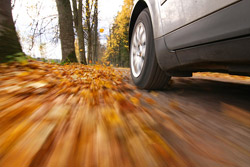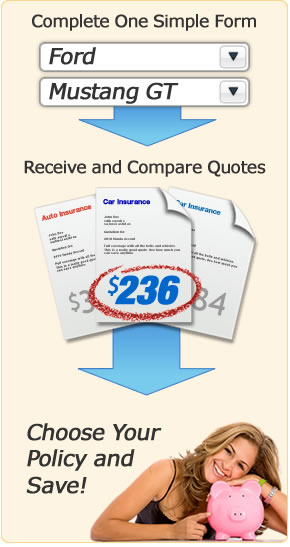
Lower your Mazda RX-8 Rates in Less than Five Minutes
If finding affordable car insurance was easy, most of us would take the time to do it. Unfortunately, it's not always as easy as it sounds to get the best rate. Finding good insurance for your Mazda RX-8 probably leaves you feeling the same way.
Step One: Shop Around
Up until about ten years ago, the only way to shop for car insurance was in the office of a local insurance agent where you'd get a hard sell into a policy. Life has gotten easier!
You can compare insurance rates for a Mazda RX-8 simply and quickly just by filling out one form. This allows you to quote the same coverages with multiple companies and pick the lowest rate.
Start a free rate quote comparison now by clicking the link below. Once you complete the short form, you'll be able to compare rates and then move on to our next section on how to lower rates even further.
Same Limits on Quotes! This tip is very important. The only way to accurately compare rates on your RX-8 is to use the same limits of liability as well as deductibles on physical damage coverage. You won't be able to compare rates if you use different values on your quotes.
Step Two: Tricks to Saving Money on RX-8 Insurance
After step one is complete, it's now time to analyze some of the other factors that can negatively impact car insurance rates for a RX-8.

- The Mazda RX-8 is a higher performance vehicle, but do you really need the increased speed or power? Vehicles with more moderate performance are usually cheaper to insure.
- Particular years and models of cars tend to be frequently stolen, and if your RX-8 is on that list, chances are your insurance company knows it and will ding you a little extra because of it.
- Being a senior citizen can qualify you for a small discount on your insurance rates. Older drivers are generally more cautious so they get a lower rate.
- Zero to 60 is pretty fast in with a RX-8, but having this extra power will cost you in the form of a bigger insurance bill.
- Safety features such as antilock brakes, traction control and air bag systems all help reduce the cost of car insurance by keeping the passengers safer.
- If you've recently completed a driver's training or safety course, tell your insurance company. You may qualify for a 5-10% discount.
- Smaller claims that hardly exceed your deductible are better off not being filed with your insurance company. Policyholders with no claims enjoy lower rates than those who frequently file claims.
- When buying a new policy, you do not want a gap in coverage. This lapse is viewed by insurance companies as a high risk, and you will pay more for your next policy.
- If your insurance company allows driver-specific car rating, you can save money by rating any teenage drivers on low profile vehicles with either no physical damage coverage or very high deductibles.
- If you rent rather than own a home, you may be paying more for car insurance. Homeowners often get lower rates.
- One of the easiest ways to keep your rates down is to drive safe. One speeding ticket can boost your rates for three years.
- One of the best ways to lower your insurance rates is to raise your credit score. Check your rating once a year and make sure to address any problem areas immediately.
- A deductible is the amount you pay before your company pays a comprehensive or collision claim. If you increase your deductibles, you will pay less for these coverages.
Step Three: Buy the Best Policy
It's time to make a purchase decision based on your rate comparisions and and any policy coverage changes you wish to make. Once you are comfortable with the cost and coverages, you can finalize your purchase by paying your premium down payment.
Make sure to avoid any lapse in coverage by setting the new policy's effective date to be the same date you cancel your old policy. Otherwise you could be driving without any coverage.
When buying a new vehicle, coverage will extend from your existing policy. But if you don't have a car insurance policy, you will want to make sure you have coverage BEFORE you drive off the lot. When driving off the lot, you may have coverage that extends from your current policy. But it will only be equal to the most coverage you have on any vehicle. So if you only carry liability coverage, you won't be covered for full coverage until you specify it on your policy.
At the end of buying your policy, you will be able to print out a new proof-of-insurance card to place in your vehicle. This card is required by law and must be produced if requested by law enforcement. High risk drivers may be required to submit an SR-22 with their state DMV's. If you have been convicted of reckless driving, DUI or had an uninsured accident, you may qualify. Make sure your new policy reflects the need for the SR-22 filing.
More Resources for Insurance Buying
The Insurance Information Institute is the industry authority for consumer car insurance information.

